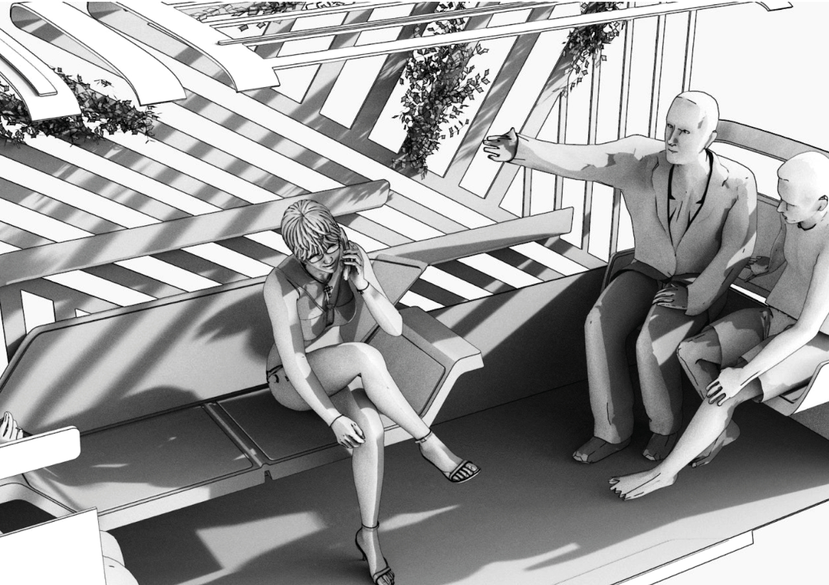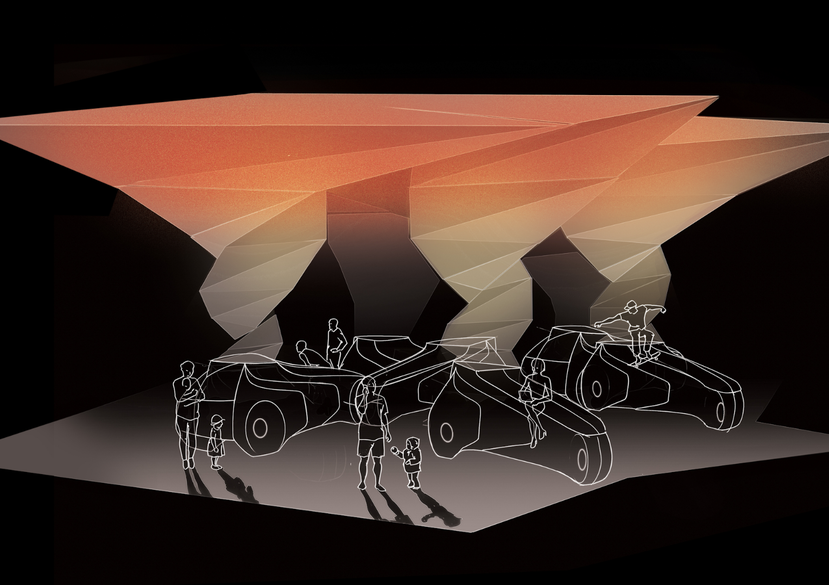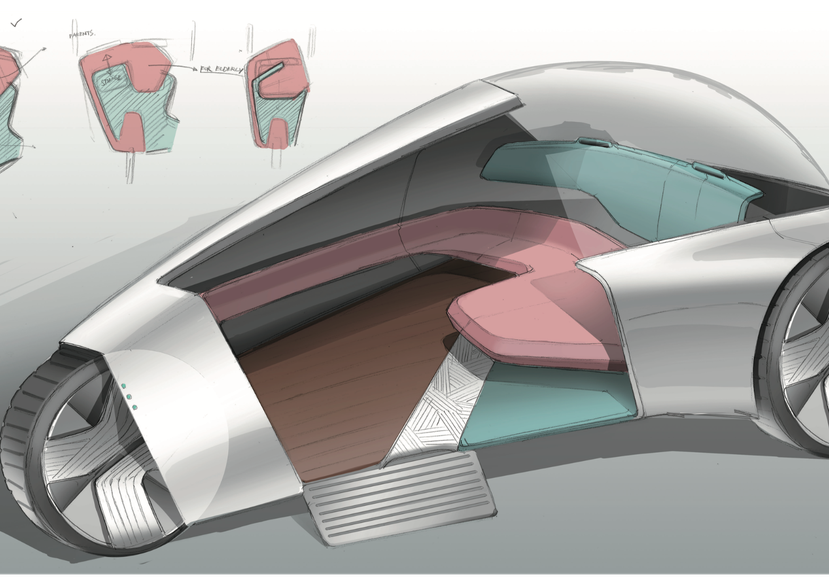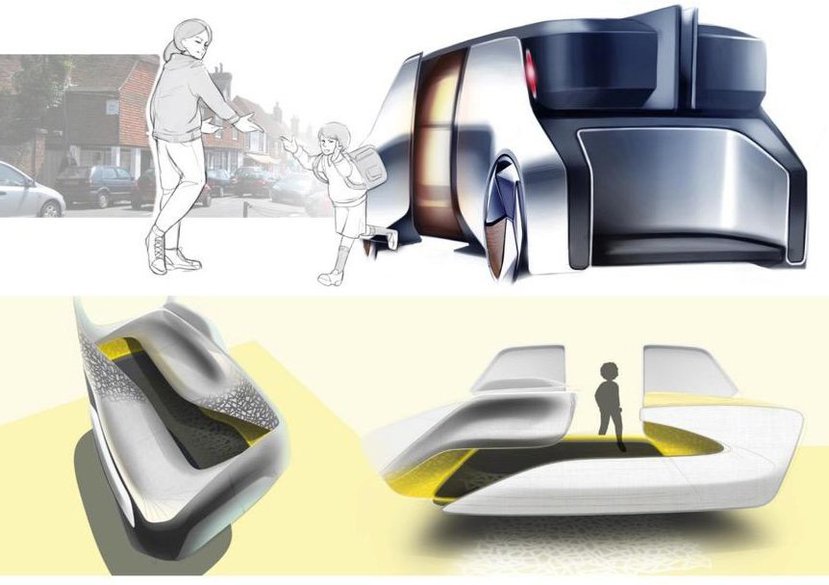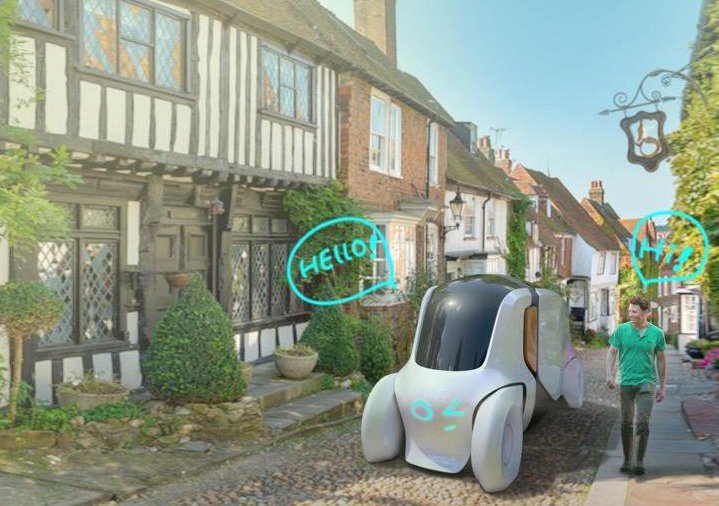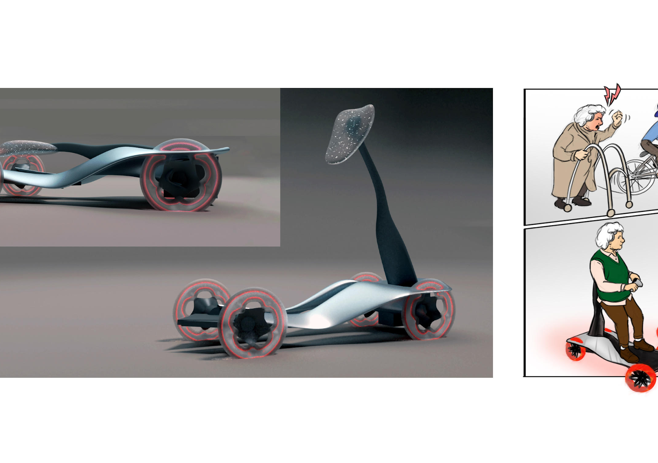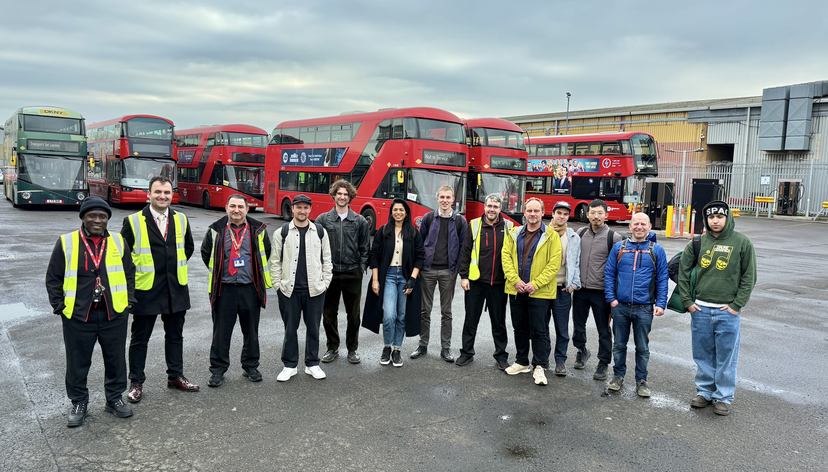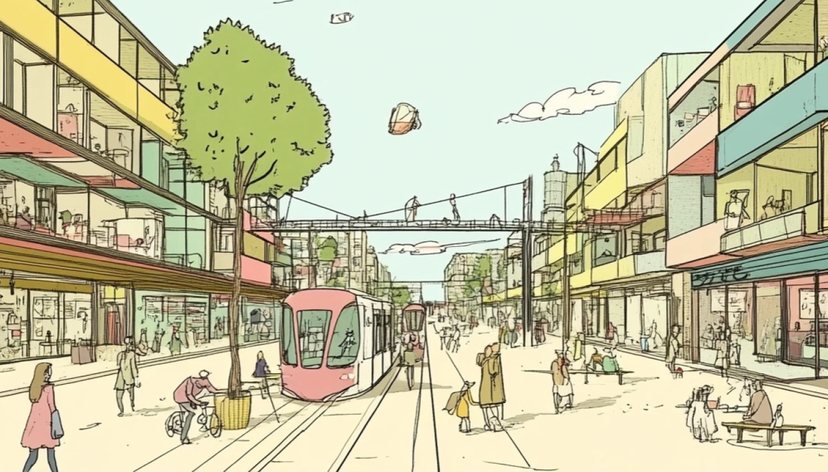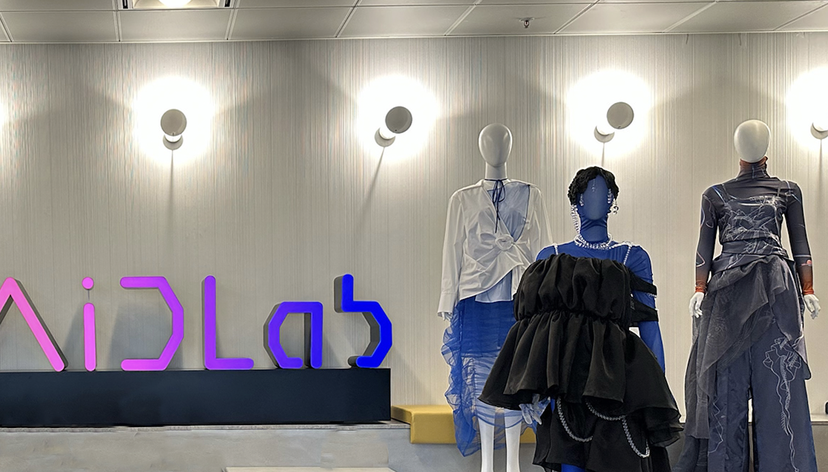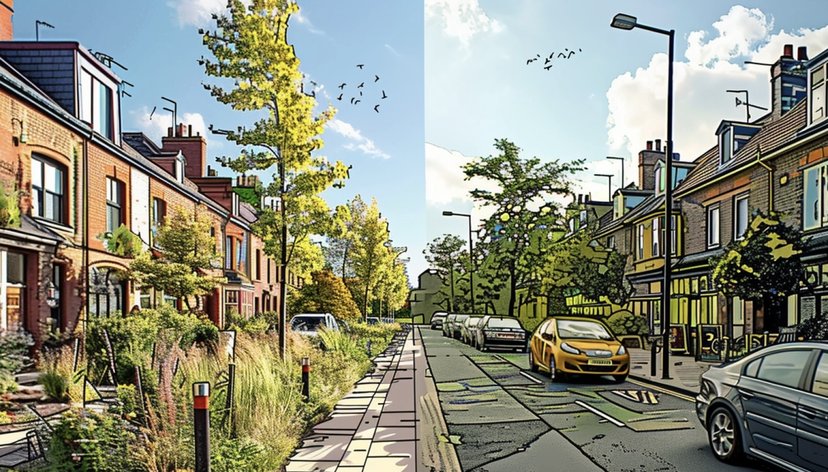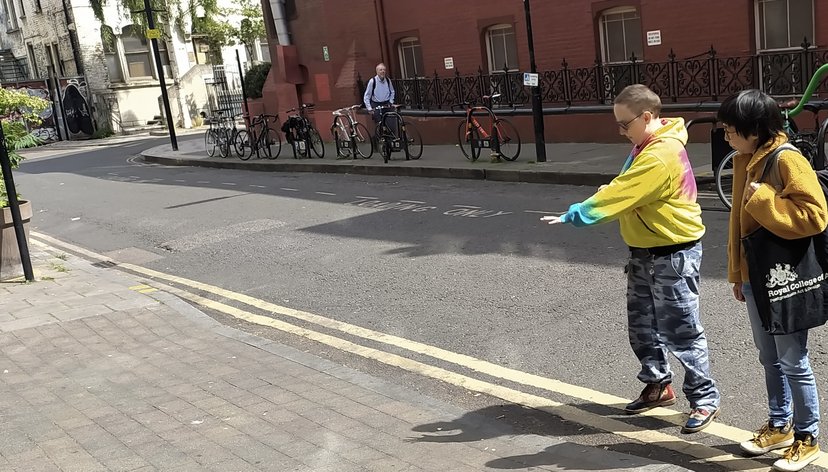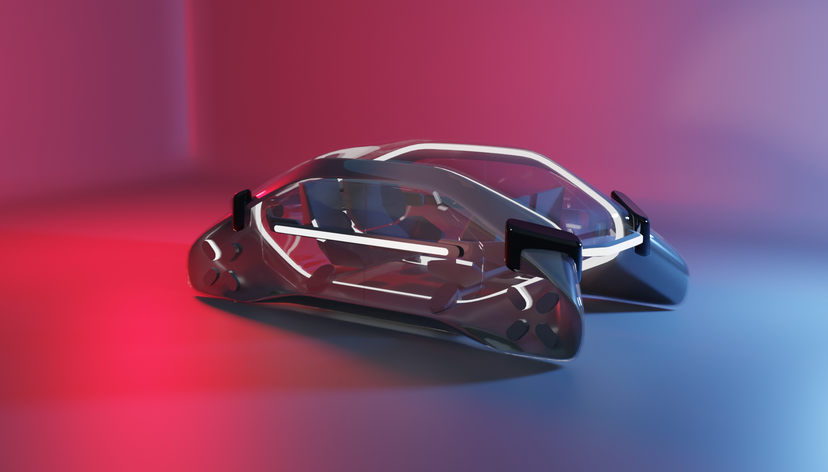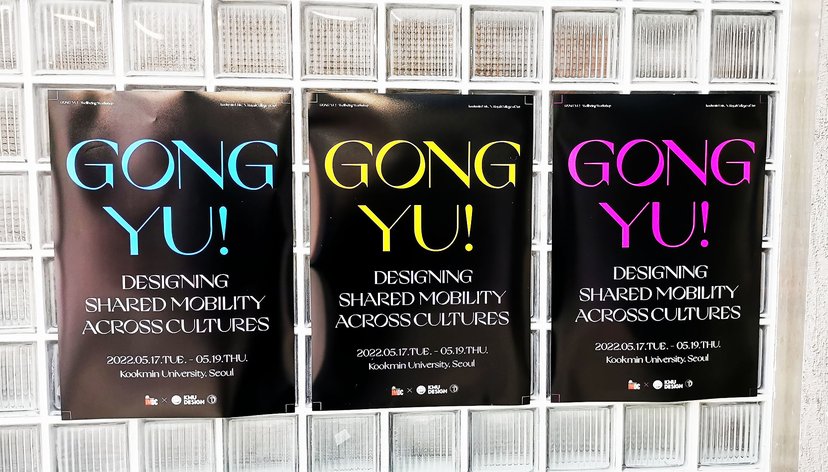
The Royal Automobile Club and the RAC Foundation have held a number of annual projects with the RCA’s Intelligent Mobility MA programme that coincide with the London to Brighton classic car run and the club’s Motoring week.
This project sought to combine the educational aims of the RAC‘s motoring committee and the RCA’s MA programme with the research objectives of the RAC Foundation and the RCA’s Intelligent Mobility Design Centre.
Students in the MA Intelligent Mobility programme at the RCA investigated the mobility needs of Wadhurst residents, a market town in East Sussex, England, with a population of around 5,000. They were provided with background research and access to the neighbourhood plan, as well as opportunities to meet and run workshops with local residents.
Residents shared their hopes and fears for future mobility, including improved road surfaces, conflicting desires for increased parking together with reduced congestion, improved community and shopping activities despite an increase in online commerce, and the need for radical social and environmental changes while recognising that they didn’t want Wadhurst to lose its rural qualities; and improved public transport, walkability and cycling opportunities while, not necessarily, foregoing their ability to get around by car where useful and convenient. Wadhurst is an area of natural beauty, and residents want to improve their access to this environment whilst reducing the impact of new development. Wadhurst’s narrow roads are not designed for heavy traffic or large vehicles and do not work for pedestrians, cyclists or other road users, especially during busy times.
Special thanks to Sue Bishop, Chair of the Wadhurst Neighbourhood Planning team, for access to the knowledge and support of the Wadhurst Community
“The purpose of this challenge was never about creating near-market solutions – frankly the opposite. It was about asking the best and brightest transport designers of the future to allow their imaginations to roam freely, given their own expectations about where not just tech but other issues such as the whole-life sustainability of solutions might take us. “But don’t be surprised to find a few years down the line that some of these concepts however zany, are nearer to market than you and I might have believed.”
Director of the RAC Foundation
Gallery
More information
Outputs
The student teams developed eight alternative visions for future rural mobility, including micro-mobility for older residents, improved pavement lighting to support evening walks, a range of small-scale autonomous vehicles to support shared mobility and more radical solutions, including cable car systems that connect into larger scale transport systems, autonomous goods movement to support small scale market gardens and vehicles that can be reconfigured to provide social as well as work spaces for the local community.
Carchitecture
A one-of-a-kind smart mobility and infrastructure concept. It is focused on repurposing dormant vehicles from mere mobility devices into something that can create temporary shared spaces using two or more vehicles. Team members: Abhidnya Kothavade, Dinesh Raman, Jospeh Zammit, Xiao Yang and Sharon Ramalingam.
Star Road
An interactive light system that allows people to get around town safely without raising light pollution levels. Pebble-shaped light-emitting modules are installed onto the pavements. Team members: Chenming Li, Leesu Kim, Mengmin Cai and Mingwei Liu.
JUSTABUS
A mobility service that helps residents be part of an even stronger community. The bus is half the width of a regular car and gives more space to cyclists and pedestrians. During busy hours, the bus is public and dedicated to congested destinations like Wadhurst Train Station. Between these hours it can be booked to support other local needs. Team members: Douglas Leroy, Jinhui Xu, Min Keun Choi and Ruocong Liu.
DIMAXION
A holistic concept combining small autonomous vehicles with an integrated architectural pavilion. Inspired by several timeless theories of Richard Buckminster Fuller, including map measuring, time management and a focus on parametric flexible structures. Team members: Anna Pittrich, Jiyang Lou, Linqi Yi and Yanhao Li.
Wago
A vehicle designed to help young and old feel free and unlimited, as both groups are currently extremely limited in terms of mobility. Team members: Chengao Li, Guannan Zhu, Jiaheng Wei and Theo Mesplou.
The ‘Missing Link’
This project focuses on creating a mobile communal space for rural villagers which can tighten social bonds. Families and other social groups could spend time together in the vehicle during their journey. The project seeks to recreate this active social life accommodated in the moving, autonomous vehicle. Team members: Jay Morris, Tianyu Wu, Young-Jae Kim and Zixuan Zhao.
Carnier
This is a vehicle that aims to support the self-sustenance of rural communities. It is composed of a carrier that can be used as personal transport for the farmer and a cargo bay that can be used as a pop-up shop for the market or can become an autonomous delivery vehicle. Team members: Domenico Pema, Marie Torrens, Zheming Zhang, Wenhao Zhang and Seok-woo Choe.
ByE
The ByE provides a first and last mile personal mobility solution that supports the needs of senior citizens whilst also providing a fun and low carbon way for young people and other residents to get around the community. Team members: Antti Alasalmi, Benedetta Ippoliti, Heewon Choi, Patryk Musielak and Youngjian Tong.
Judges
- Steve Gooding – RAC Foundation
- Guy Nicholls – Royal Automobile Club
- Lynda Addison OBE – Past chair of the Transport Planning Society
- Carl Gotham – Design Director at MG/SAIC Design Advanced London

